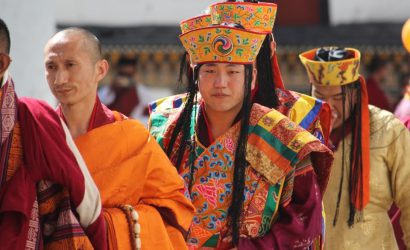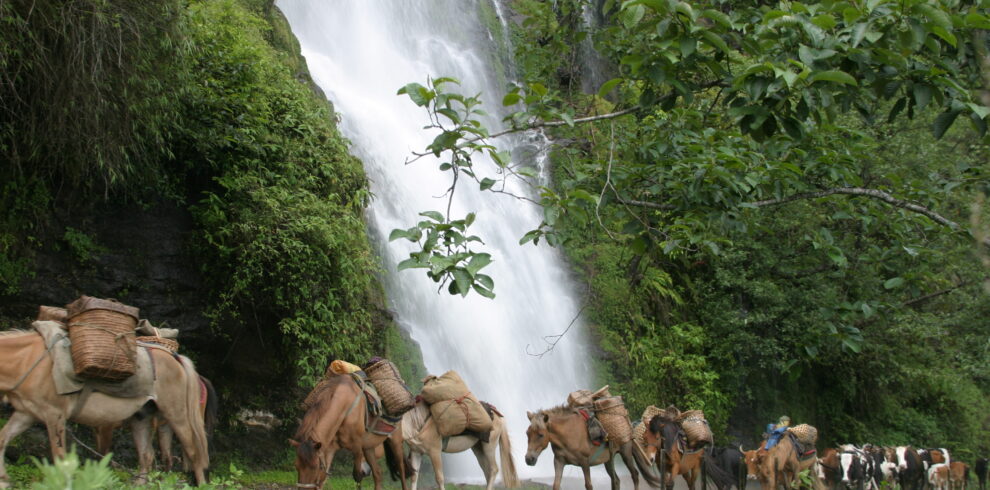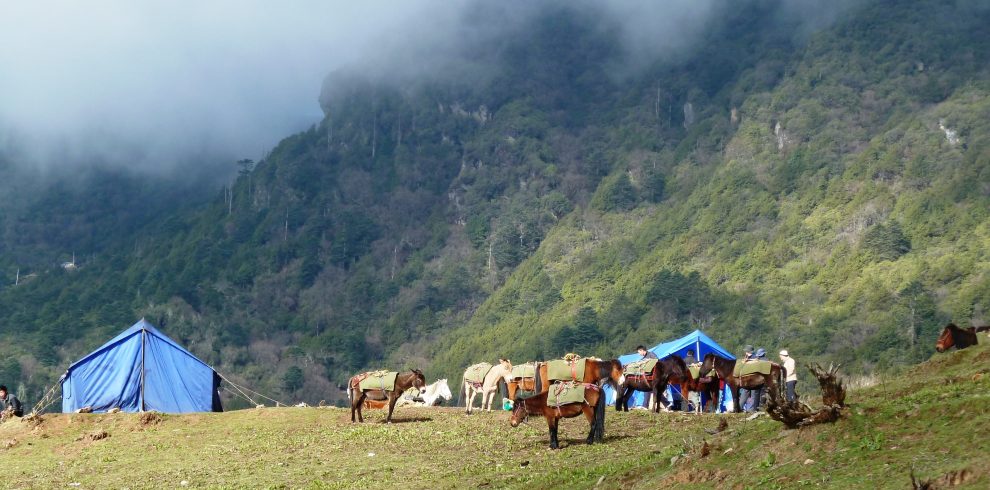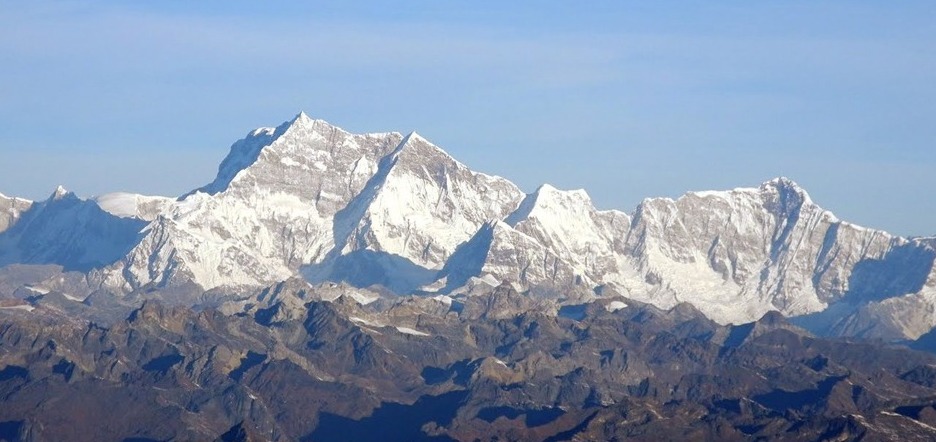-
Bus, Airlines
-
3 Stars Hotels
-
4000 metres
-
Bhutan
-
Feb, Mar, Apr, May,Oct,Nov and Dec
-
Eco-Tour, Hiking
-
All meals during the trek
-
English, Spanish, French, Chinese
-
Easy to Moderate
-
2-15
-
12
-
65
Overview
The six-day Dagala Trek, befittingly dubbed as ‘The Thousand Lakes Trek’ owing to the legend that there are over a thousand lake in and around Dagala, is one of the most beautiful and scenic treks in Bhutan. The trek follows the ancient trade route between Thimphu, the capital of Bhutan, and Dagana District, located in the south-central region of the country.
The Dagala Trek offers stunning views of some of the highest mountain peaks of the Himalayas, Mount Jumolhari (7314m), Mount Masanggang (7,158m), Mount Jichu Drake (6989m), and Tiger Mountain (6840m) in Bhutan, including Mount Everest (8,848m) in Nepal and Mount Kanchenjunga (8,586m) in Sikkim, India. Add to it the extraordinary views of shimmering mountain lakes. The ancient trail, covering some 41 kilometers, also takes you through a rich landscape of avia-fauna, alpine flowers, yak pastures and traditional Bhutanese villages.The Thousand Lakes Trek offers, without a doubt, the opportunity to see some of the most beautiful mountain lakes of Bhutan, stunning landscapes, and traditional nomadic lifestyle. It is highly recommended for travel photographers, nature lovers and trekkers who want to seek something out of the ordinary.
Highlights
- An ancient trail used by Daga Penlops (Regional Governor) to travel to Thimphu
- Ruin of Daga Penlop’s guest house
- The Beautiful Dagala Lakes
- Telltale signs of the presence of Grizzly Bear
- Rufous Hornbill, Monal Pheasants, Red-Billed Chough
- Variety of wildflowers in full bloom
- Discover some of the most sacred Buddhist monasteries and temples in the Himalaya.
- Hike up to the famous Taktsang Monastery, perched on a cliff 900m above the valley floor.








